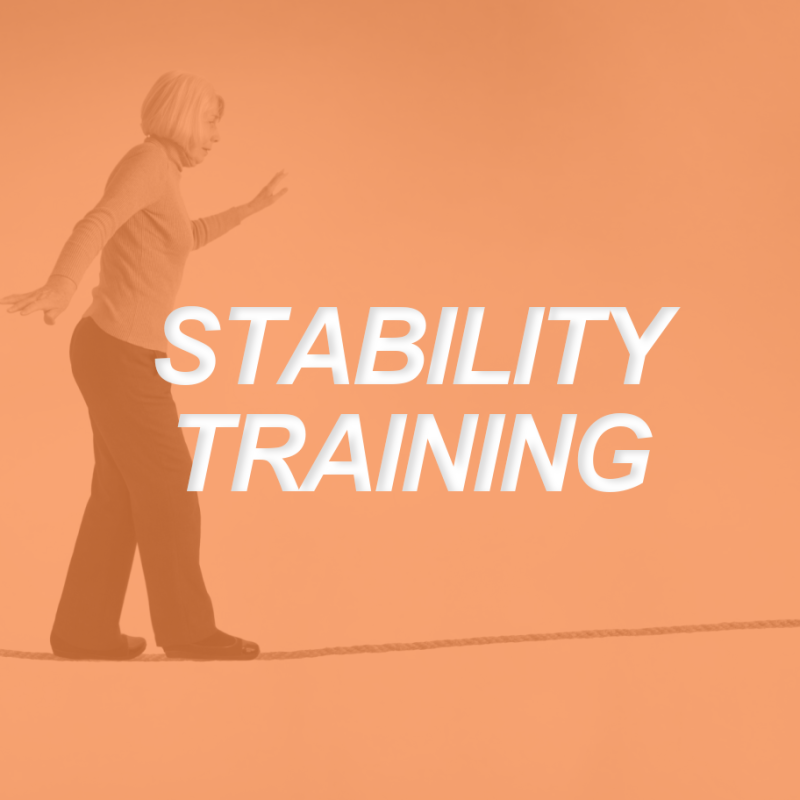
Balance and stability can be considered the foundations of fitness. Our best programs consist of proper progressions, from a long-term design perspective, and for each individual session. Stable foundation and core control, movement patterns and mobility, strength, and power. Of course we integrate sleep, recovery, and mindfulness as well, among many other things. Therefore, a number of fitness professionals use various stability training techniques and tools to help clients reach their exercise and wellness goals. The following article examines some of the implications of those techniques and tools, and whether there is a difference in using a destabilized platform or foundation, or a destabilized load for the process and outcome of each program.
Stability Training Benefits and Protocols
It’s widely accepted in the fitness industry and wellness literature that an improvement in balance can benefit subsequent exercise programming, reduce the risk of falls, especially in older populations, improve athletic ability, and reduce general instances of injury in many populations. The majority of research supports this theory as well. NFPT asserts that stability is “a key element” of any fitness routine. Clark, et al (2018) suggest in their research that a majority of fitness professionals use compound multi-joint and even dynamic moves to train their clients for improved core stability.
Various methods and products can be used to create a destabilized environment requiring your clients to acclimate and learn to stabilize their joints and spine: either a wobbly platform..or an unbalanced load
Destabilized Platform
As the description suggests, a destabilized platform involves standing on an unstable surface. To create a destabilized platform an exerciser can simply lift one leg off the ground, or for some clients, simply lifting the heel can be enough to challenge proprioception and compensatory strength. Equipment like a BOSU, a wobble board, or even a slackline can be incorporated. Cug, et al (2016) conducted a study with “healthy young adults”, in a 4-week training program using a balance platform, where participants “improved dynamic postural control and ankle force production”. There is, of course, a somewhat higher risk of falls when using a destabilized platform. This should be considered before prescribing certain exercises. Improving balance is imperative for senior clients, just be sure you are spotting them (or any high-risk client) when introducing them to destabilized platforms.
Destabilized Load
A destabilized load can be as simple as holding a dumbbell in one hand instead of both. Or, an exerciser can use a water-filled slosh pipe or even weights hanging from resistance bands–a popular weight lifting challenge known as wobble training. Glass and Albert (2017) showed that training with a destabilized load markedly increased muscle compensatory action in a number of muscles including deltoids and paraspinal muscles. They did however show that abdominal muscles did not have a marked difference from the control group, which exercises with a stable load. This type of training also presents an increased risk of dropping or falling so this should also be considered when programming.
Conclusion
This short comparison between training on a destabilized platform or with a destabilized load would suggest that any type of balance training has beneficial effects, but requires at least some risk analysis. As a fitness professional, it is a good idea to consider the specific abilities of each client before employing these techniques. It is also not a bad idea to consider the specificity of your programming. The “surfer” or the older client may need to focus on platform training while the Olympic weightlifter may benefit by doing warm-up presses with a destabilized load.






